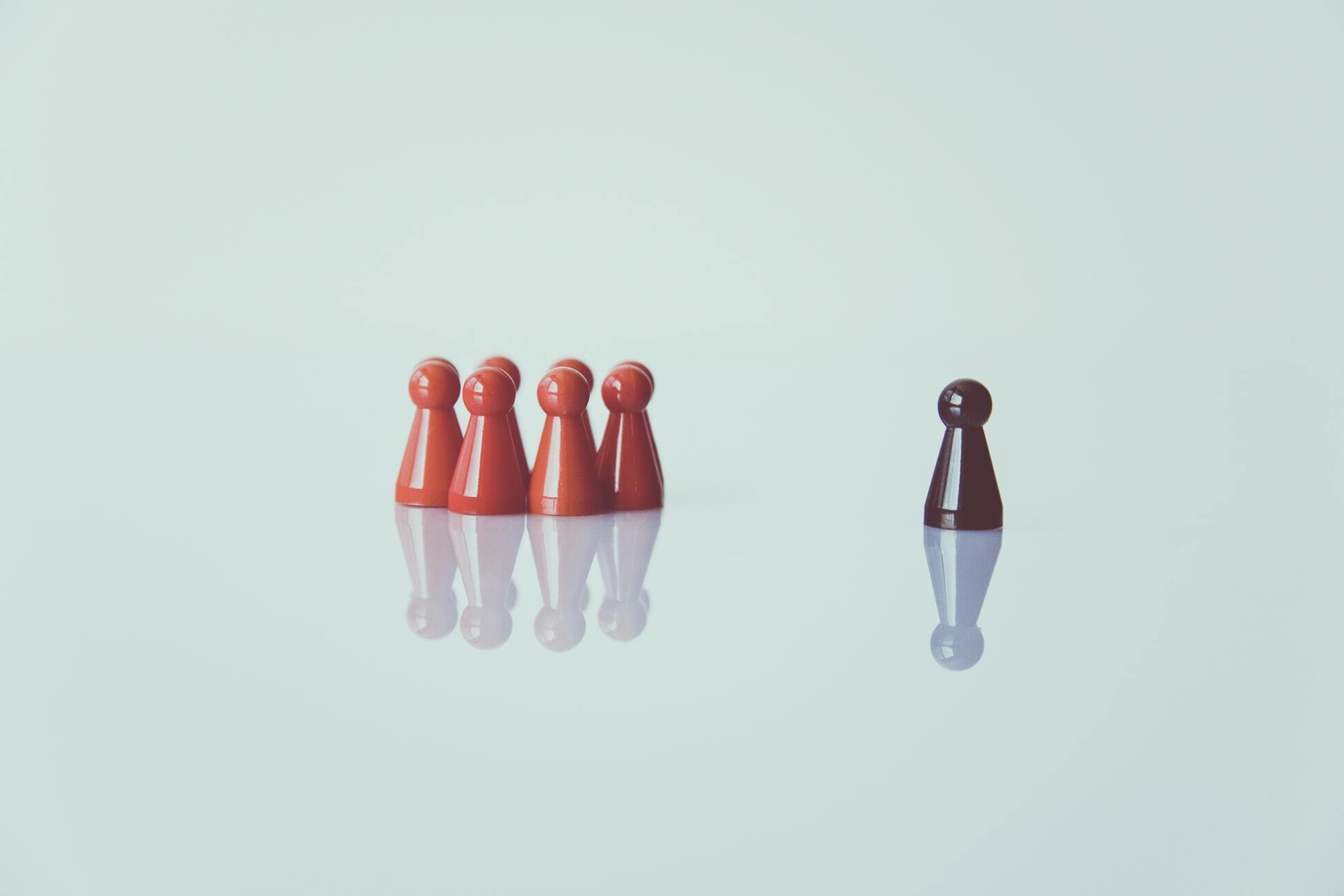Stereotypes
Imagine you’re walking down the street and a stranger passes you. You see them walking toward you, but you’re on the phone with a friend and the conversation takes up most of your attention. You don’t interact with this stranger in any way, and at this point, there’s no overt reason to believe you’d have a positive or negative opinion of them. But you do have an opinion of them, even if it’s below the conscious level. It doesn’t matter who you are — as long as you’re human, your brain is already making calculated inferences about the person you just passed.
In social psychology, stereotypes are defined as the automatic and instinctive generalizations we make about others. Reductive by nature, stereotypes exist because they allow the brain to process information and make judgments more efficiently. When we see someone new, we naturally identify features that distinguish them from others, then use those features to categorize them into predefined groups that are associated with various character traits and behaviors. By putting a person into a group based on a couple of physical features, we can now theoretically know their temperament, character, and behavior in only seconds, without any interaction.
The problem with stereotypes is inherent in them; while some are more accurate than others, they all overlook the diversity found in individual group members, making them fundamentally flawed. Stereotypes are especially harmful when predefined groups are large, because the groups contain members with a huge amount of variance: if there are almost four billion females on Earth, how could a stereotype possibly describe all of them with any degree of accuracy? They can’t, of course.
If stereotyping is harmful, but inherent to our thinking, are we powerless to stop it? Luckily, there are ways to avoid using stereotypes and instead see others as unique and complex individuals. The first step is to become aware of how you stereotype and get educated — which you’re actually doing right now. After that, there are a variety of methods to reduce stereotyping thought processes, including consciously remembering non-stereotypical features of people you meet, trying to see the world as a stereotyped person might, and looking for chances to meet individuals from commonly-stereotyped groups. Together, these practices will train your brain to rely less on stereotypes and see others for who they truly are.









